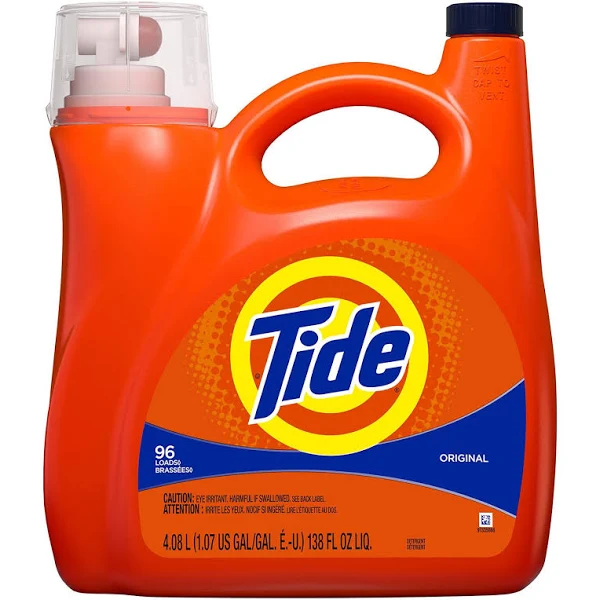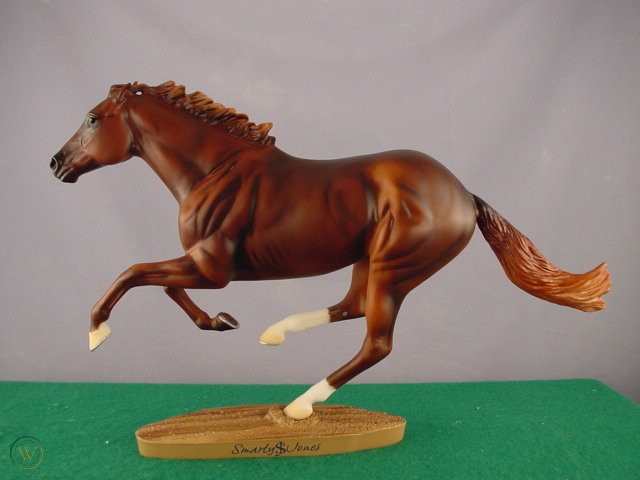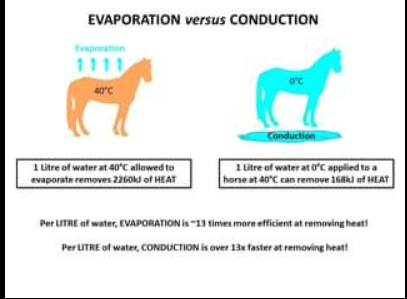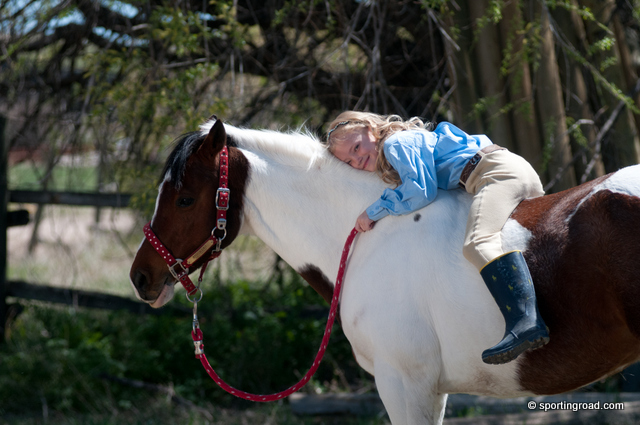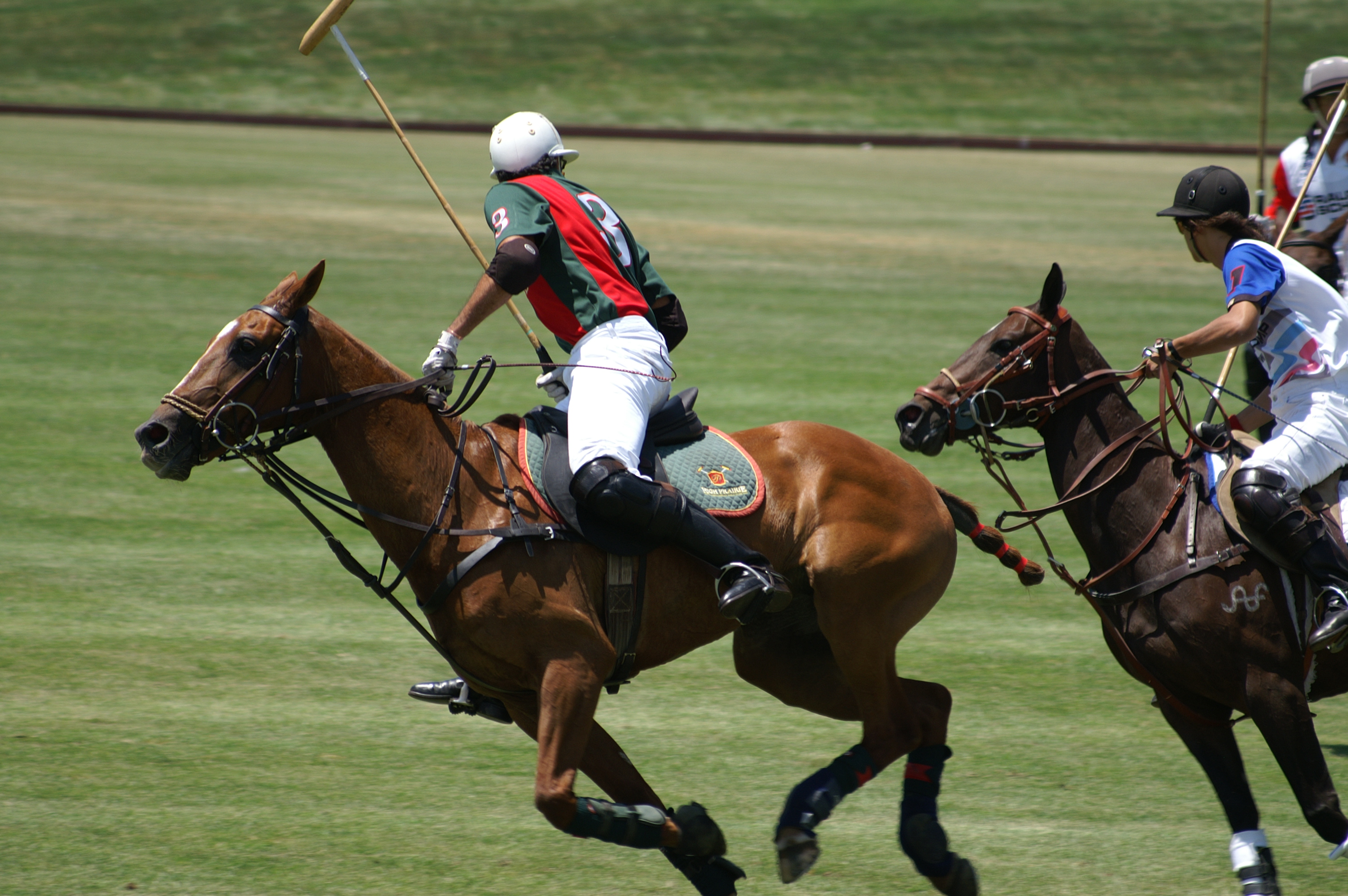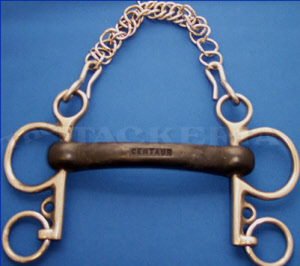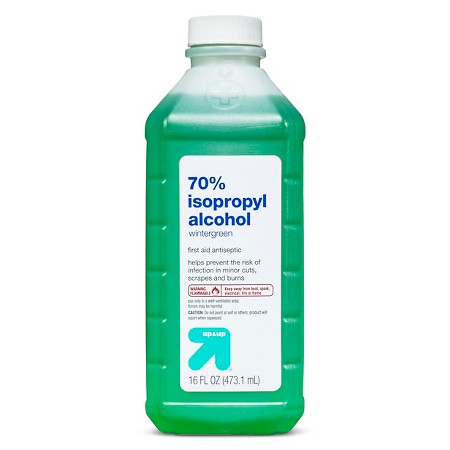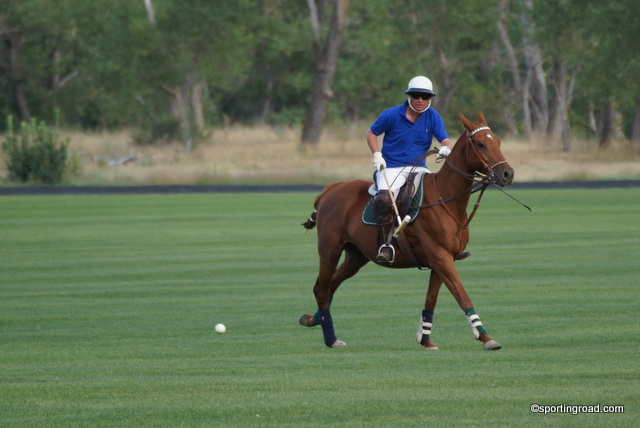Racing speeds of quarter horses, thoroughbreds and Arabians
B D Nielsen 1, K K Turner, B A Ventura, A D Woodward, C I O'Connor Affiliations expand PMID: 17402407DOI: 10.1111/j.2042-3306.2006.tb05528.x Abstract Reasons for performing study: While Quarter Horses are recognised as the fastest breed of horse, direct comparisons to race times with other breeds can be misleading. Quarter Horse races begin when the starting gates open. Thoroughbred and Arabian races begin a short distance from the gates after horses have started running. This study compared speeds of these breeds as they accelerate from the starting gates and during the middle and end of races. Objectives: To compare racing speeds of the 3 breeds, and to compare speeds during various segments of the races. Methods: Video tapes of races were obtained from a local track. The various race segments were viewed and the winning horse timed by 5 individuals. Fastest and slowest times were removed and the 3 remaining times averaged. Results: Quarter Horses averaged faster speeds than Thoroughbreds even when Thoroughbreds were raced at a distance (402 m) similar to Quarter Horse races. Both breeds were substantially faster than Arabians. Quarter Horses racing 336 m or less gained speed in each segment of the race while Arabians and Thoroughbreds racing 1006 m ran fastest during the middle of the race and had decreased their speed in the final segment of the race. Conclusions: Despite similar race times reported for 402 m, Quarter Horses averaged faster speeds than Thoroughbreds when timed from a standing start. In short races, both breeds accelerate throughout the race. Arabians, despite being known for endurance, had slowed by the end of the race. Potential relevance: This study demonstrates that Quarter Horses achieve faster racing speeds than do other breeds. It also reveals a potential flaw in race-riding strategy as a more consistent pace throughout


